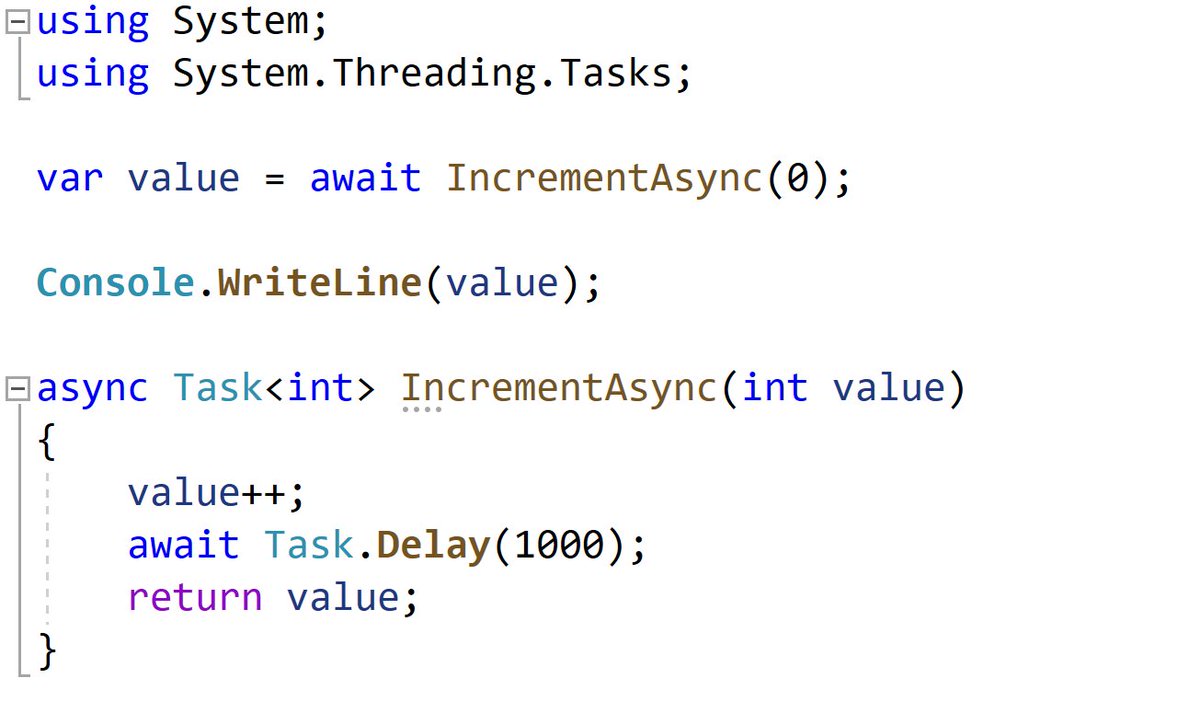
.NET APIs you didn't know existed. StringBuilder.GetChunks docs.microsoft.com/en-us/dotnet/a…. You can use this API to get access to the internal buffer of the StringBuilder instead of turning it into a String. #dotnet
StringSplitOptions.TrimEntries docs.microsoft.com/en-us/dotnet/a…. Ever split a string and didn't want to trim each entry? Me too, now you can use this enum to do it!
Writing Type.IsAssignableFrom always feel backwards, so we added Type.IsAssignableTo docs.microsoft.com/en-us/dotnet/a….
Process.WaitForExitAsync docs.microsoft.com/en-us/dotnet/a…. If you're ever written the code to properly wait for a process to exit you'll it's fraught with errors. This makes it easier.
An efficient utility to read and write the PEM format docs.microsoft.com/en-us/dotnet/a…
Writing code that deals with paths? Tired of having detect trailing slashes? Path.TrimEndingDirectorySeparator was made for you docs.microsoft.com/en-us/dotnet/a…
Also closely related docs.microsoft.com/en-us/dotnet/a…
• • •
Missing some Tweet in this thread? You can try to
force a refresh





